Violence is nothing new in El Salvador, which endured a brutal civil war that lasted for more than a decade, starting in the 1980s. And somehow, that simmering civil war spawned a terrifying gang culture where extortion and murder are the norm.

After the end of El Salvador’s civil war in 1992, U.S. immigration policies became increasingly strict. As a result, Salvadoran immigrants with criminal records were deported back to El Salvador, renewing the cycle of gang culture and undermining the foundations of an already fragile and struggling nation.

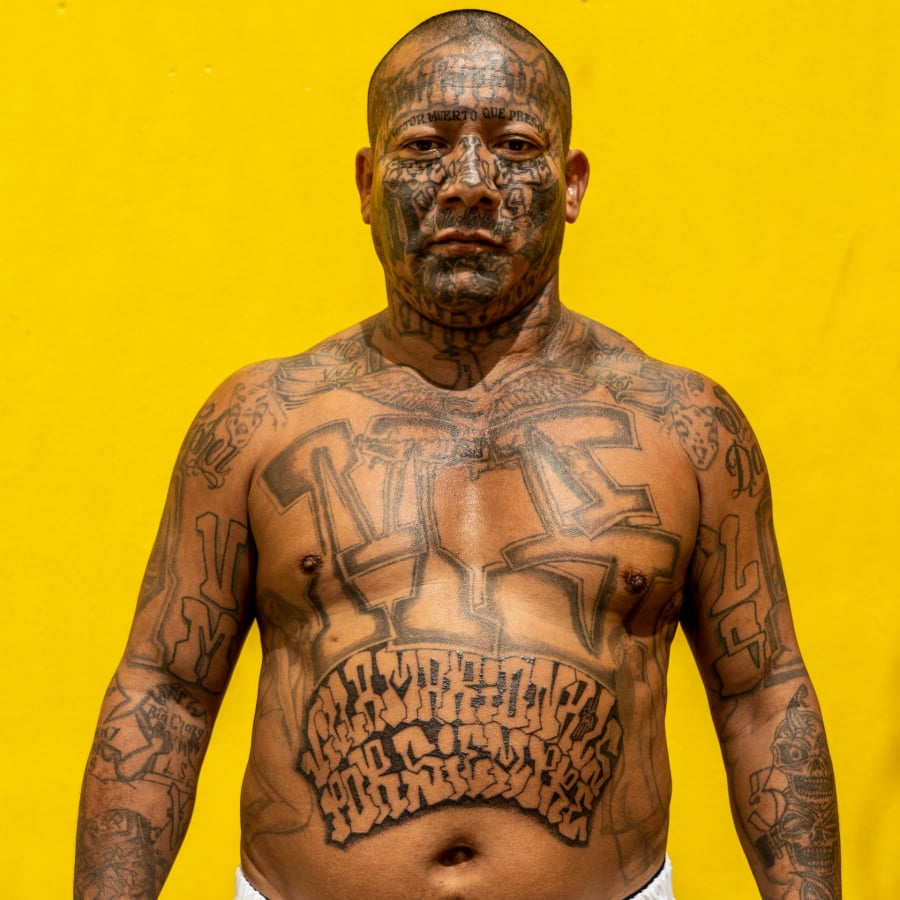

According to InSightCrime, the country's murder rate skyrocketed in 2015-2016, with more than 100 murders per 100,000 people, nearly double the second- and third-highest countries, Honduras and Venezuela, which both had 59 murders per 100,000 people. There are at least 60,000 active gang members, mostly from gangs like the Vampires Salvatrucha 13 (MS-13) and Barrio 18 (La 18). That's more than the 52,000 Salvadoran state officers, including the police, paramilitary, and army.
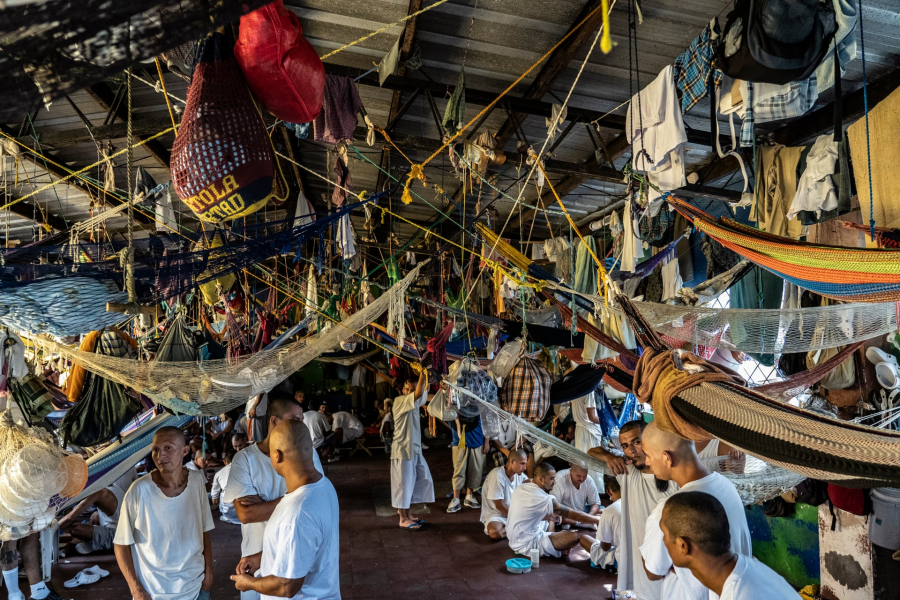
The gangs are made up primarily of Salvadorans who have fled to the United States, particularly youth residing in Los Angeles. If MS-13’s network is made up of prisoners, La 18 is the first multiracial urban gang. La 18 operates primarily in Central America, with between 30,000 and 50,000 members in the United States. These criminal gangs continue to grow in number and influence, exerting ever greater control over the country through extortion and coercion.
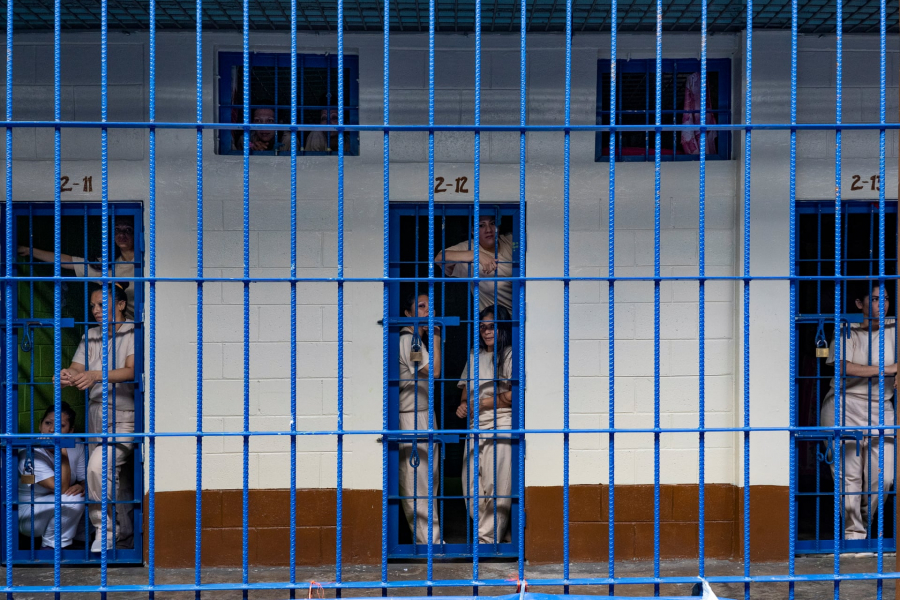
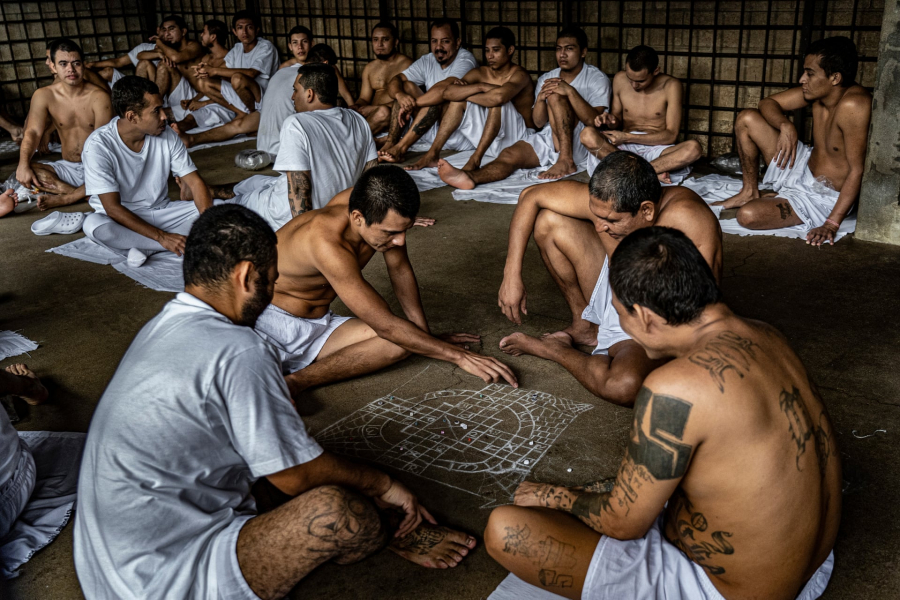
Today, El Salvador is virtually paralyzed. The violent rule of gangs divides families, restricts movement and paralyzes the government. In El Salvador, it is extremely common for a person to go missing. If a body is found, it is buried as quickly as possible and the funeral is held quietly.

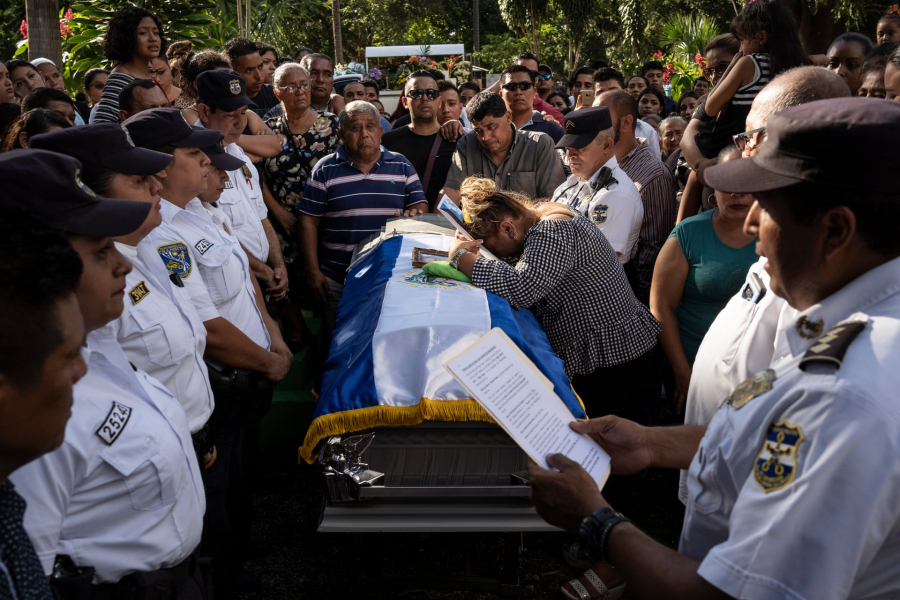

Police officers are required to be on high alert and wear balaclavas to protect their identities. Yet attacks on police officers are still common. This breakdown in trust has created a unique sociopolitical situation that explains why many Salvadorans are eager to migrate to Mexico and the United States. Images of migrants fleeing gang violence in El Salvador and Honduras and struggling at the southern US border in Tijuana, Mexico, are poignant.
People outside El Salvador find it hard to understand why social norms have disintegrated. People sometimes cannot cross a street simply because it is in territory controlled by different gangs. When entering a new neighborhood, visitors often flash their lights or roll down their windows to indicate allegiance to the gang that controls the area.
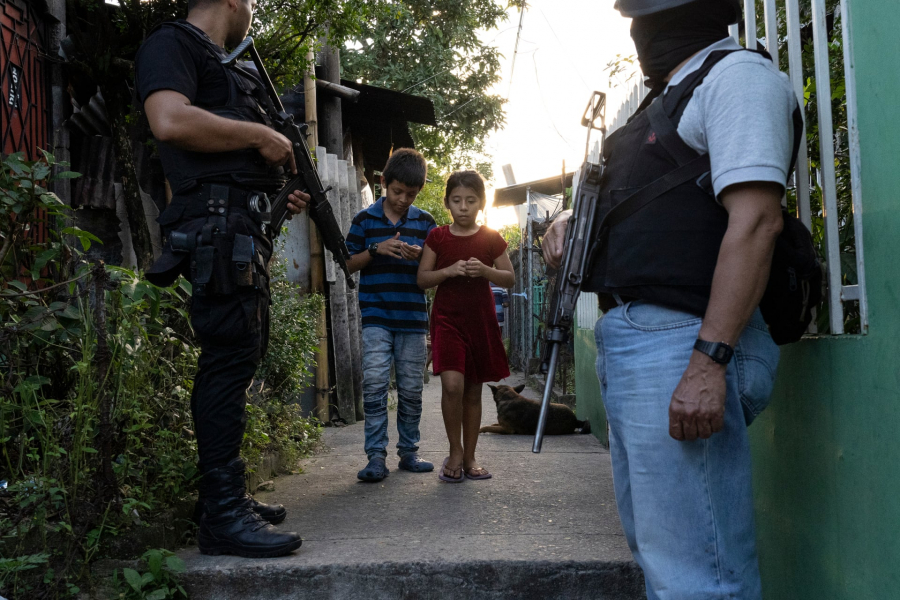
But the recent election has given Salvadorans hope. Nayib Armando Bukele is the new president, young and energetic. He has created a long-term plan that he says will eradicate El Salvador’s gangs in three to four years. In June, he launched a $31 million territorial control plan to increase the police and military presence to drive out the gangs and weaken their control over territories across the country.
Two months later, Salvadoran police made more than 5,000 arrests nationwide, declared a state of emergency in the prison system, attempted to block all communication networks within the prison and with the outside world by shutting down cell phone signals, and transferred prisoners to more isolated facilities.
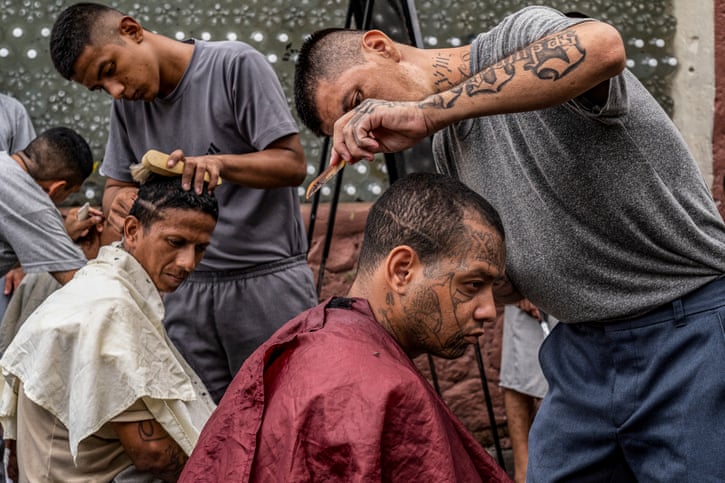
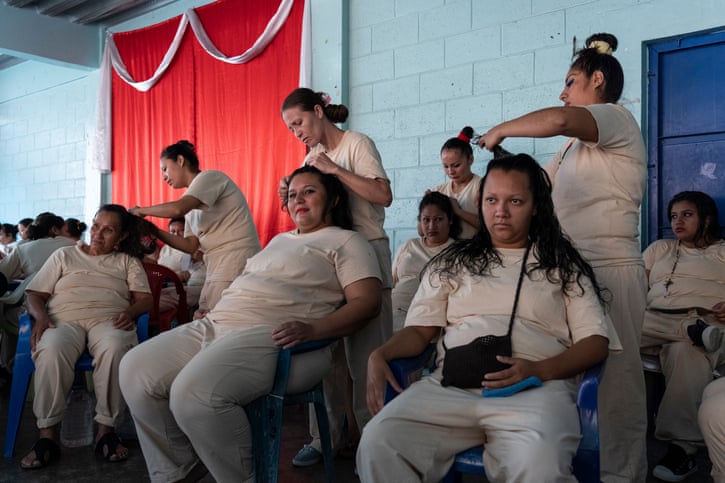
He also created a new anti-corruption program called Plan Cuscatlan. According to Bukele, economic growth is the solution to the poverty and unemployment that lead to migration. He has successfully secured commitments for development funds from both the United States and Mexico – one of many steps taken to restore El Salvador's bilateral relationship with the United States. However, the fight against gangs is still a long way off.

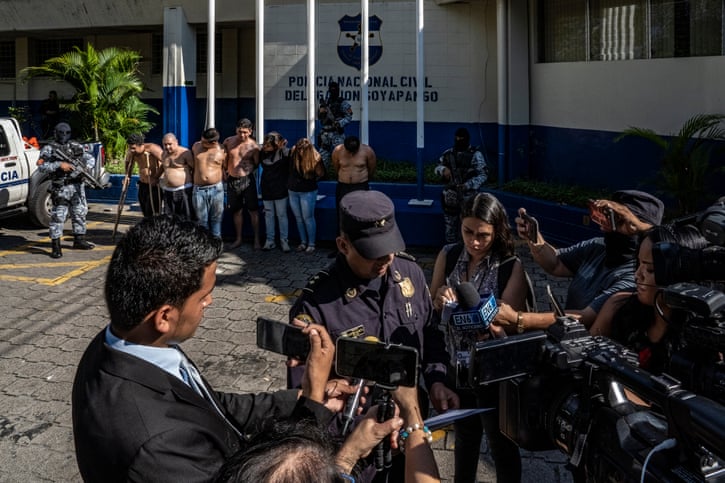
To date, 3,382 people have been reported missing, an increase of more than 200 from 2018. The question is, how much longer will the people of El Salvador have to endure this fear and killing?

































